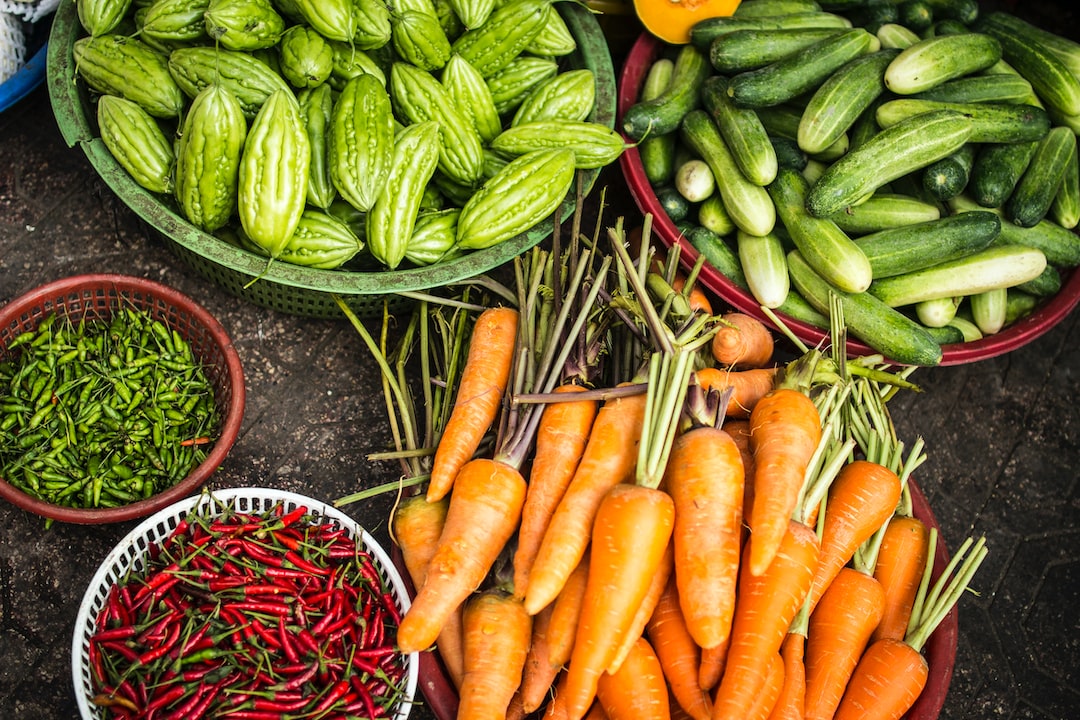The CDC estimates that in the U.S. alone, 48 million people get sick from a foodborne illness yearly. In many cases, those illnesses are the result of poor food safety.
June 7 is World Food Safety Day, and we want to take this opportunity to talk about why food safety is so crucial and how you can practice it at home and work.
Read on to learn more about how to avoid foodborne illness with safe food handling.
What Is World Food Safety Day?
In 2018, the United Nations General Assembly declared June 7 World Food Safety Day. The yearly “holiday” is dedicated to educating people about the importance of food safety worldwide.
Since then, the World Health Assembly has also committed to improving global food safety. Unfortunately, it’s a slow process, and it takes a lot of collaboration from individual governments, corporations, and individuals to make significant progress.
World Food Safety Day emphasizes the hunger struggles of impoverished countries. Foodborne illness associates with a lack of food security in the global south. A lack of safe food in these countries results in improper nutrition and food scarcity.
What Is the Importance of Food Safety?
If you live in a heavily industrialized developed nation and you’ve always had food on your plate, you may not put much thought toward food safety. Restaurants and food retailers are subject to food safety rules.
Yes, there’s the occasional e.coli breakout. People sometimes get salmonella from poorly-cooked eggs or chicken, but for the most part, you’ve never had to worry about getting sick from food.
Unfortunately, poverty lowers access to safe food. Even in “developed nations,” people still get sick from food, though the illnesses aren’t as serious (food poisoning is an example).
People below the global poverty line, especially those in the global south, are at even more risk due to a lack of food safety regulations and scarcity. Malnourished children living in poverty suffer immense health consequences like stunted growth.
These health consequences harm not just the individual but society. Childhood malnutrition children are less healthy in adulthood, tend to have less spending ability, and can contribute less to the economy.
Ways to Ensure Food Safety at Home or Work
Contributing to world food safety means everyone must do their part. You make a direct impact on global food safety and food security by ensuring your home and workplace follow the proper safe food handling protocols.
Doing so is especially crucial if you own a restaurant or work in the food service industry. Keeping your community safe from foodborne illness is part of being a responsible business.
Prioritize Cleanliness
Cleanliness is crucial when you’re creating food products to package and sell or cooking at home. Always wash your hands with hot soapy water when you’re going to be preparing food for yourself or someone else. You don’t want your germs to get into the food.
If you have long hair, wear a hair net.
Rinse fruits and vegetables before using them. Don’t rinse meat, fish, or eggs, as the splashing water can spread bacteria.
Remember to clean your kitchen after cooking. Bacteria and illness grow on spills and splatters. Crumbs and food bits attract disease-carrying pests like mice and cockroaches.
Check for Signs of Expired Food
Always check food for signs of expiration, even if they’re “in date.”
Look for mold, unusual marks, or unusual textures and colors. Unusual smells are a common signifier of spoilage. If the food seems to be expired, don’t risk it (especially in a commercial kitchen).
When packaging food, use accurate labels so consumers can tell when the food is and isn’t safe to eat.
Separate Raw Meat
Keep raw meat separate from other food. Don’t use a cutting board on which you cut raw meat with vegetables or fruits until you wash it with hot, soapy water.
Refrain from cutting meat on a wooden cutting board. Wood is a porous material. Bacteria thrive in those pores and contaminate your food.
In a commercial kitchen, have multiple color-coded plastic cutting boards. Designate green for fruits and vegetables, white for poultry, and red for beef. Don’t reuse marinades that were used with raw meat until you boil them.
Keep Food Chilled or Heated
The “danger zone” for food bacteria growth is any temperature between 41°F and 135°F. Food within that range risks bacteria growth. Use a thermometer to “temp” any standing hot or chilled foods, including sauces and soups.
You should chill all perishable food if possible, especially after it’s been cooked. Chilling slows the growth of bacteria. If food has been left out in the danger zone for too long, throw it out.
Avoid Excess Moisture With Dry Foods
Make sure your dry foods are packed away in dry areas. Moisture can cause mold to grow in dry foods like cereal and oats (among others). Mold isn’t immediately obvious, but it can cause illness.
Practice Good Food Safety Habits on World Food Safety Day
Safe food handling is important year-round, not just on World Food Safety Day! That said, this is a great time to re-acquaint yourself with common food safety rules and regulations so your food is as safe and healthy as possible for yourself and your customers.
Speaking of your customers, let us help you keep them safe with our food labeling and recipe analysis software. We’re so sure you’ll love it that we’ve created a free demo. Try it today!
